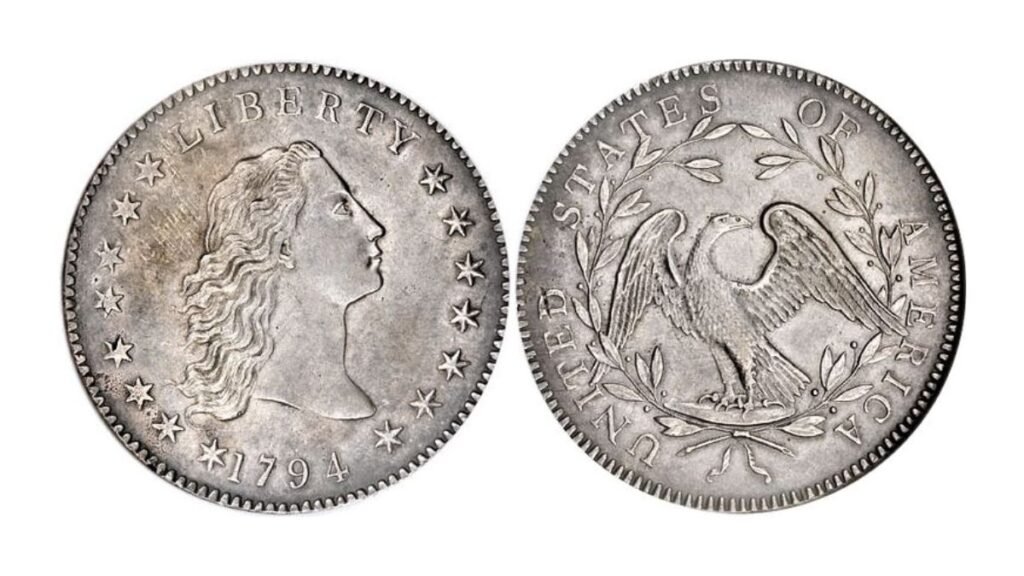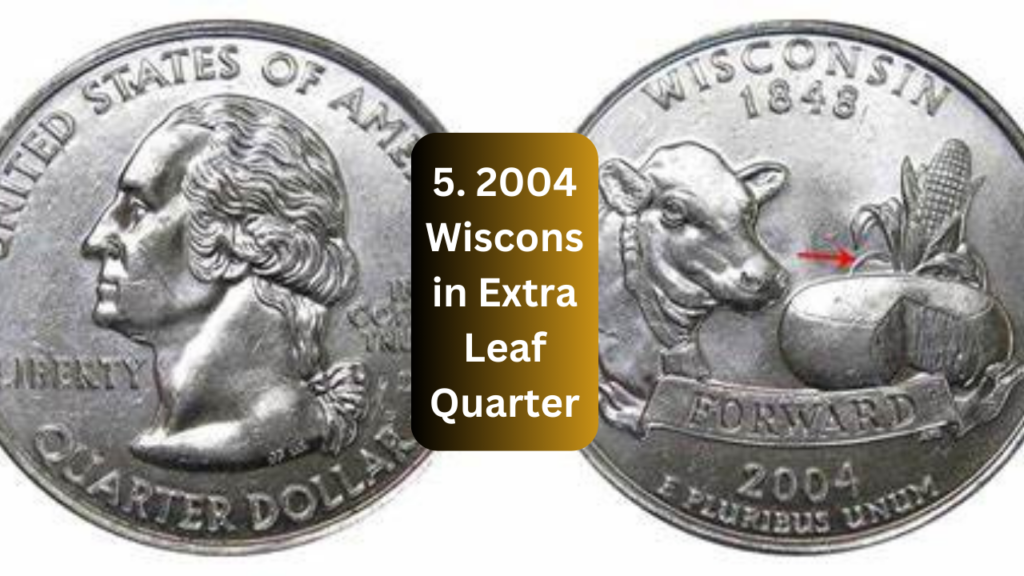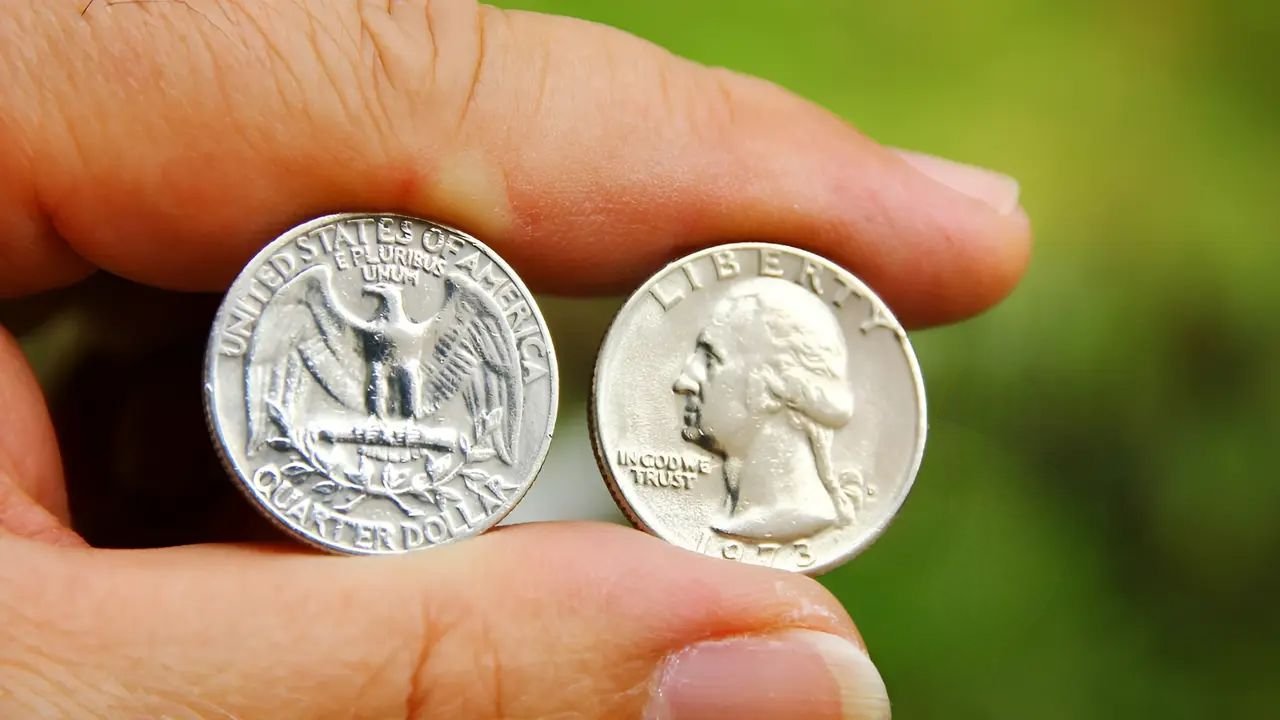$72 Million Coins Still in Circulation: Are the coins rattling around in your pocket worth millions? Almost too good to be true, a few scarce coins that exist today have realized astronomical prices in an auction setting. Hidden treasures such as the 1913 Liberty Head Nickel and modern minting errors become the holy grail for a collector. Are you a current owner of one of these coveted coins?
In this article, we’ll explore the coins collectively worth $72 million that are still in circulation, explain what makes them so valuable, and provide a step-by-step guide on how to identify valuable coins in your collection. We’ll also discuss how to preserve these treasures and navigate the market if you’re ready to sell.
$72 Million Coins That Are Still in Circulation
This isn’t just fantasy: the possibility that everyday coins could be worth millions. Whether it’s the elusive 1913 Liberty Head Nickel or modern minting errors, these coins represent a fascinating intersection of history and fortune. Knowing what to look for and taking proper care of your coins might just help you find your spare change to be extraordinary in value. Whether you’re an experienced collector or a curious beginner, the world of numismatics offers endless opportunities to uncover hidden treasures.
Why Are Some Coins Worth Millions?

The value of rare coins boils down to a combination of rarity, condition, historical significance, and collector demand. Coins that were minted in small numbers, have unique errors, or are tied to historical events often become the crown jewels of numismatic collections.
1. Rarity
The low mintage number automatically makes coins rare. For instance, only five 1913 Liberty Head Nickels are known to exist. This is one of the most sought-after coins in the world. Such a unique find can create a war at auctions, and collectors fight for it.
2. Historical Significance
Coins minted at historic junctures hold more value. Examples include gold coins from the California Gold Rush period or coins that have ties to wartime economies often having histories and stories behind them that interest collectors. These are both tangible items related to an important historical period and also considered an investment.
3. Mistakes during minting
Production errors like missing dates, double strikes, or coins struck on the wrong planchet make one-of-a-kind pieces. Such errors not only make coins rare but also give them a unique story. For instance, the 2004 Wisconsin Extra Leaf Quarter became famous because of an additional design element mistakenly added during minting.
4. Condition
Coins in mint, uncirculated condition (graded as MS65 or better) bring much higher prices. Proper storage and handling are crucial to maintaining a coin’s condition. Even slight wear can significantly decrease a coin’s value, so professional preservation techniques are important.
The $72 Million Coins Still in Circulation
Let’s take a look at some of the most valuable coins that might still be hiding in plain sight:
1. 1913 Liberty Head Nickel

- Value: Over $4 million each
- Rarity: Only five were ever minted under mysterious circumstances, making them extremely rare. Their scarcity has made them a symbol of numismatic excellence.
- Key Characteristics: The obverse has Liberty’s head and the reverse features a Roman numeral “V”. Check for the “1913” date and obtain professional authentication from institutions like PCGS.
2. 2008 Updated 20p Coin (United Kingdom)
- Value: Up to $150 each (modern example)
- Background: A minting error produced about 250,000 coins with no date. These coins are called “mules,” and their rarity has made them very popular among collectors.
- Key Features: Look for coins with no date on either side. Despite their modern origin, their scarcity and novelty drive value.
3. 1976 Bicentennial Double-Strike Quarter
- Value: Up to $6,000
- Background: Several Bicentennial quarters were double-struck by accident, where designs overlap. These are highly collectible and visually striking.
- Features to Look For: Look for double images on either side, especially on the drummer boy design. This type of error is extremely rare, hence, very expensive.
4. 1943 Copper Penny
- Value up to $1.7 million
- Background: Most 1943 pennies were made of steel as a result of metal shortages during World War II. A few were accidentally minted in copper, which in turn makes them very rare.
- Key Features: Check with a magnet; if your steel penny sticks, whereas a copper one does not, it is worth getting professionally evaluated if your 1943 penny is not attracted to the magnet.
5. 2004 Wisconsin Extra Leaf Quarter

- Value: Up to $7,000
- Background: A relatively rare minting error included an extra “leaf” in the corn design on the back of these quarters, making them one of the more unique pieces in modern-day collections.
- Key Features: Find an extra leaf above the ear of corn on the back. Design variations may mean a significant difference in the price of your coin.
$72 Million Coins Still in Circulation Find Treasure in Your Change
If you’re wondering whether your spare change holds a hidden treasure, follow these steps:
1. Examine for Errors
Inspect each coin closely under good lighting or with a magnifying glass. Look for:
- Double strikes
- Off-center designs
- Missing or incorrect details
2. Check the Date
Research key years for your coin type. For example, 1913 Liberty Head Nickels and 1943 copper pennies are especially valuable. Even modern coins with minting anomalies can carry significant worth.
3. Assess the Mint Mark
Mint marks indicate where a coin was produced. Coins from certain mints (like Carson City, marked “CC”) often have lower mintage numbers, increasing their value. Familiarize yourself with key mint marks to spot rarities.
4. Verify the Composition
Some coins are rare because of unusual metal compositions, such as the 1943 copper penny. Check the weight or find an expert to confirm the coin’s material. Silver or gold coins, even in common designs, have intrinsic value.

5. Obtain a Professional Grade
Send your coin to trusted grading services like PCGS or NGC. They will authenticate and grade your coin, providing a certificate of authenticity. Grading adds credibility and ensures collectors trust the coin’s quality and value.
Protecting and Storing Your Coins
Coins in excellent condition are more valuable, so proper care is crucial:
- Use Protective Cases: Store coins in individual holders or capsules to prevent scratches.
- Avoid Cleaning: Cleaning can damage the surface and decrease a coin’s value. The natural patina on older coins is often part of their appeal.
- Control the Environment: Store coins in a cool, dry place to prevent tarnishing or corrosion. Humidity and temperature fluctuations can cause irreversible damage.
Where to Sell Rare Coins
If you think you own a valuable coin, consider these avenues for selling:
- Auction Houses: Heritage Auctions is a well-known house specializing in rare coins and attracting serious collectors.
- Coin Dealers: You can get your coins appraised and sold by local numismatists. Always choose a dealer with a good reputation.
- Online Marketplaces: Websites like eBay allow you to buy and sell directly with collectors. For high-value coins, make sure you have proper documentation.
FAQs:
How do I know if my coin is valuable?
Look for key indicators like rare dates, mint marks, and minting errors. Consult professional grading services for accurate valuation.
Are all old coins valuable?
Not necessarily. A coin’s value depends on its rarity, condition, and demand among collectors. Many older coins were minted in large numbers and held only sentimental value.
Can I clean my coins to make them more valuable?
No. Cleaning can damage the coin’s surface and significantly reduce its value. Leave cleaning to professionals if absolutely necessary.
Where can I learn more about coin collecting?
Visit trusted resources like PCGS and NGC for educational materials and market insights. Joining local numismatic clubs can also provide valuable networking opportunities.


